Ducati Scrambler 800: Is It a Good Beginner Bike? A Detailed Owner-Based Review
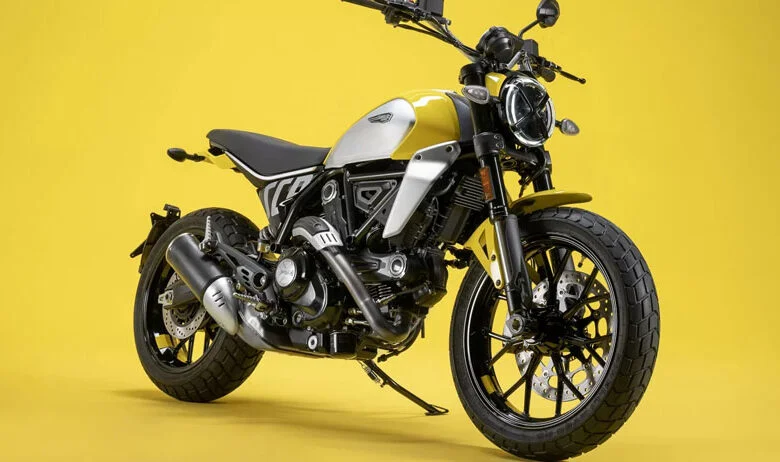
Ducati Scrambler 800: Starting your motorcycling journey can be thrilling—but it’s vital to choose a bike that balances performance, safety, and approachability. One bike that often surfaces in this conversation is the Ducati Scrambler 800. Known for its retro design and Italian engineering, this bike has become a head-turner. But is it the right choice for a beginner rider?
In this comprehensive guide, we’ll explore everything you need to know about the Ducati Scrambler 800 from the perspective of real-world owners, beginners, and motorcycle experts.
Overview of the Ducati Scrambler 800
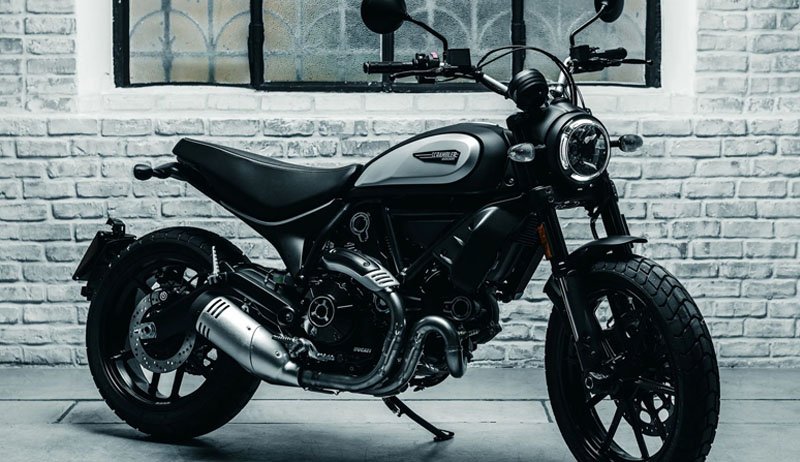
The Ducati Scrambler 800 series includes various trims like the Icon, Full Throttle, Desert Sled, and Nightshift. These variants offer a classic aesthetic mixed with modern functionality. Powered by an 803cc air-cooled L-twin engine, it produces around 73 horsepower and 49 lb-ft of torque, which is more than enough for daily commutes and spirited weekend rides.
Key specifications:
- Engine: 803cc L-Twin, Desmodromic distribution
- Horsepower: ~73 hp
- Weight: ~417 lbs (wet)
- Seat Height: Approx. 31 inches
- Transmission: 6-speed
- Safety Features: Cornering ABS, traction control (on newer models), LED lighting
Why the Scrambler 800 Appeals to New Riders
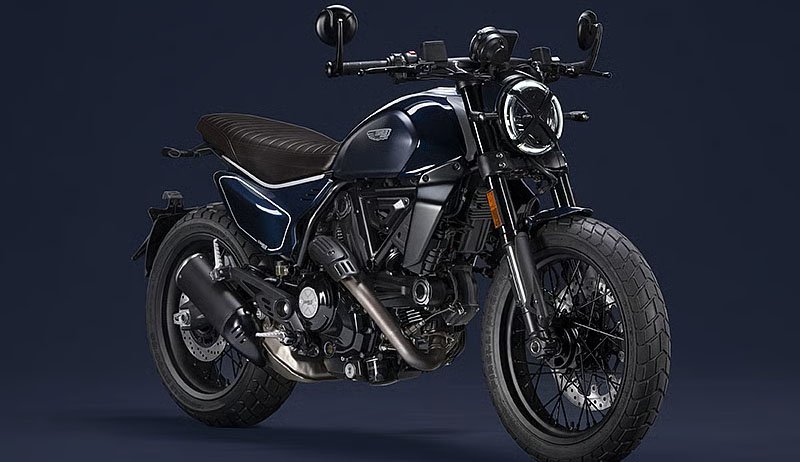
Manageable Power Delivery:
While 800cc may sound intimidating to new riders, many owners report that the Scrambler delivers power in a predictable and linear way. The throttle response is smooth, especially in newer models that offer ride modes like “Urban” or “Rain,” which soften acceleration.
This makes the bike less aggressive at lower speeds and manageable in tight city traffic. It’s not twitchy like some smaller sportbikes or overly powerful like a liter bike. Many beginners find this balance reassuring.
Comfortable Ergonomics:
The Scrambler 800’s upright seating position and wide handlebars make for a comfortable and commanding riding experience. The seat is relatively low, allowing riders under 5’7” to plant both feet on the ground—boosting confidence in stop-and-go traffic.
Its neutral riding triangle ensures less fatigue over long rides compared to more aggressive sportbikes. For beginners, this means more seat time and less discomfort.
Lightweight and Nimble Handling:
Weighing around 417 lbs (wet), the Scrambler feels light on its feet. It’s easy to maneuver in traffic or parking lots and inspires confidence while turning or lane-splitting. The wide bars make it easy to leverage the bike into turns, which is a plus for newer riders who are still learning cornering skills.
Real Owner Experiences: What New Riders Say
Positive Feedback
“Perfect Balance of Power and Control”
Many first-time riders who chose the Scrambler 800 report that it feels “just right.” The torque is there when you need it, but it’s never overwhelming. The upright ergonomics make visibility better, while the throttle delivery builds confidence over time.
“A Bike You Can Grow With”
One of the standout compliments is that this isn’t a bike you’ll outgrow in a year. Unlike 300cc entry-level bikes, the Scrambler can stick with you well into your intermediate or advanced riding stages.
“Aesthetics + Reliability”
There are a number of owners that are pleased with the way the Ducati Scrambler looks. It’s retro-cool, minimalist, and distinctively Ducati. It also receives credit for being mechanically reliable when serviced regularly.
Cautions and Downsides
“Engine Heat in Traffic”
Several owners note that the air-cooled engine can get uncomfortably hot, especially in warmer climates or city riding. The heat is most noticeable around the thighs during idle.
“Throttle Sensitivity”
On older models without ride-by-wire throttles, the response can be a bit jerky. This might surprise some new riders, but it’s something most people adapt to quickly.
“High Service Costs”
Like most Ducatis, maintenance can be pricey. The desmodromic valve adjustment, required roughly every 7,500 miles, can cost significantly more than typical Japanese bikes.
Safety Features That Support Beginners
The Ducati Scrambler 800 comes with cornering ABS (standard across all variants) and traction control (available in newer models). These electronic aids make it harder to lock up the brakes or lose traction during acceleration—common beginner mistakes.
Also, the inclusion of LED lighting and wide mirrors enhances visibility for both the rider and surrounding traffic.
Ideal Use Cases: Where the Scrambler Shines
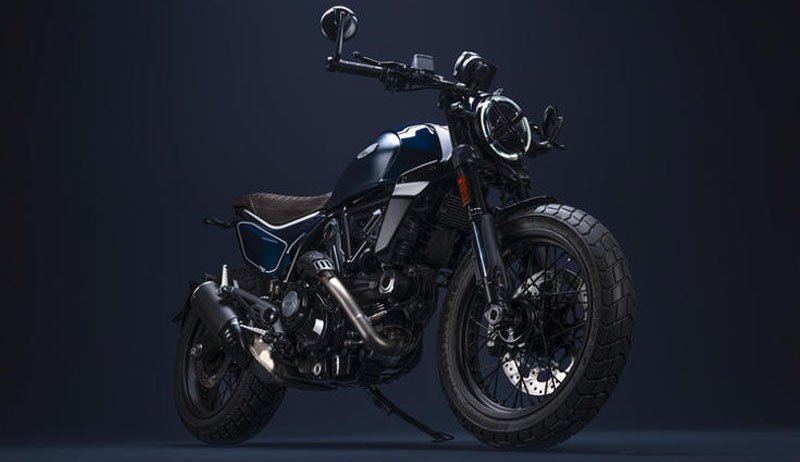
Urban Riding: Because of its lightweight and nimble design, the Scrambler is an excellent choice for commuting and navigating through the traffic of the city. The upright posture helps you stay alert, and its torquey engine makes stop-and-go riding fun.
Weekend Cruising: The bike handles highway speeds well, though some riders opt for small aftermarket windscreens to reduce windblast during long rides. With a tank range of around 150 miles, it’s suitable for moderate-distance cruising.
Light Off-Road (With Desert Sled Variant)
While it’s called a Scrambler, the standard 800 isn’t a dirt bike. However, the Desert Sled trim does have longer suspension travel and beefier tires for occasional trail riding.
Maintenance and Ownership Costs
Service Intervals
Ducatis, including the Scrambler, require regular oil changes and valve clearance checks every 7,500 miles. While modern Ducati engines are more reliable than before, the cost of parts and labor is still higher than average.
Average Maintenance Costs
| Service Type | Frequency | Estimated Cost |
| Oil Change | Every 3,000–5,000 miles | $150–$250 |
| Valve Adjustment | Every 7,500 miles | $600–$1,200 |
| Tires | Every 6,000–10,000 miles | $300–$450 (pair) |
Fuel Economy
The Scrambler 800 returns about 45–50 MPG, which is decent for its class. This makes it a cost-effective daily rider, especially in urban environments.
Is the Scrambler 800 Better Than Other Beginner Bikes?

Pros Compared to Entry-Level Models:
| Feature | Ducati Scrambler 800 | Yamaha R3 / MT-03 | Honda CB500F |
| Engine Size | 803cc | 321cc | 471cc |
| Power Output | 73 hp | 41 hp | 47 hp |
| Styling | Retro-modern | Sporty/modern | Minimalist |
| Maintenance Cost | High | Low | Low |
| Rider Aids | ABS, traction control (select models) | ABS | ABS |
| Resale Value | High | Moderate | Moderate |
Conclusion:
- For design-conscious riders who want something stylish and powerful yet accessible, the Scrambler 800 has no match.
- For budget-focused beginners, options like the Honda CB500F or Yamaha MT-03 may offer better long-term affordability.
Pros and Cons Summary
✅ Pros:
- Stylish retro-modern aesthetics
- Beginner-friendly ergonomics
- Balanced power for new riders
- Safety features like ABS and traction control
- Excellent build quality and brand prestige
❌ Cons:
- Higher maintenance and service costs
- Engine heat in summer traffic
- Sensitive throttle (on older models)
- No wind protection
Also Read: Ducati 1198: The Ultimate Sleeper Sportbike That Delivers Superbike Thrills on a Budget
Final Verdict: Should You Buy the Ducati Scrambler 800 as Your First Bike?
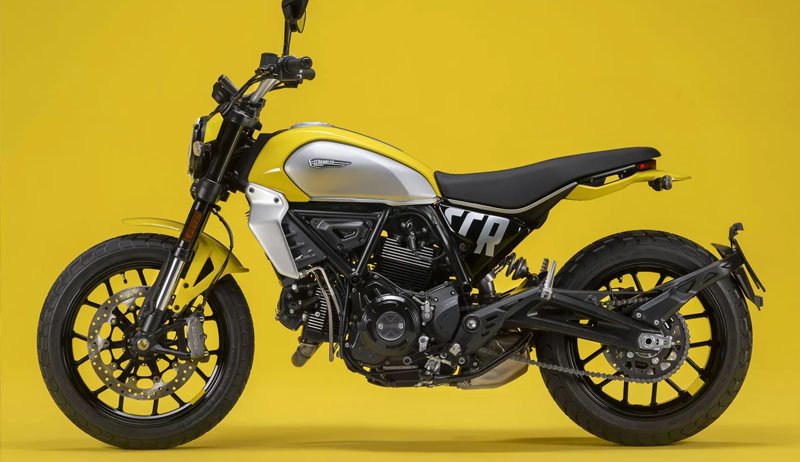
It is highly recommended that you give serious consideration to the Ducati Scrambler 800 if your concept of motorcycle riding include a combination of performance, style, and the opportunity to grow. It may not be the most economical choice, but it delivers on character, confidence, and capability.
However, be prepared for:
- Premium maintenance costs
- Learning how to manage engine heat
- Developing fine throttle control
If you can embrace those learning curves and have the budget to support ownership, the Ducati Scrambler 800 is not just a good beginner bike—it’s an exceptional one that you’ll love for years.

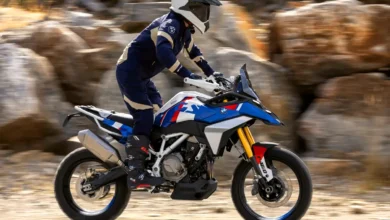
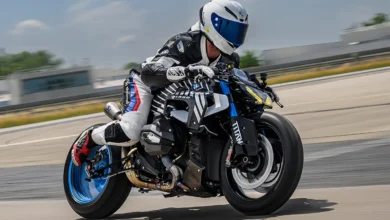
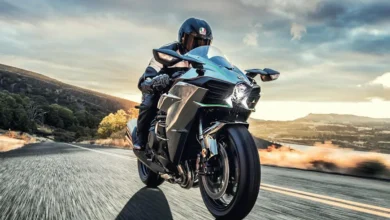
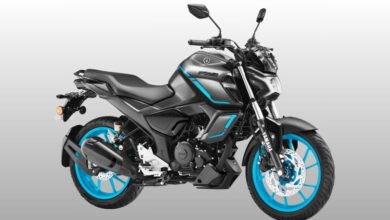
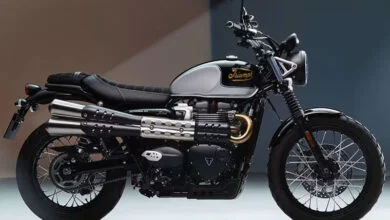
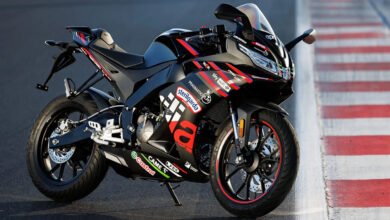
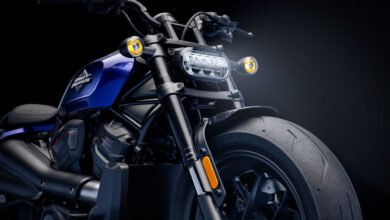
One Comment